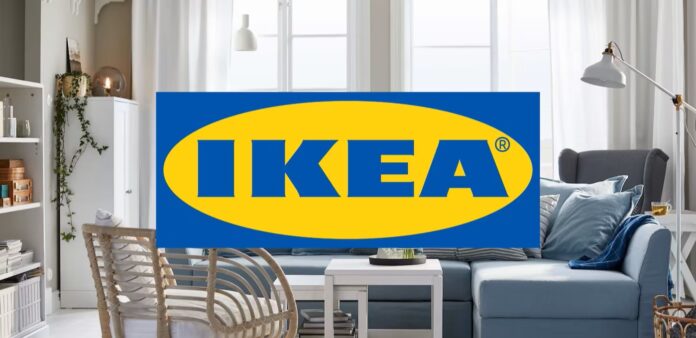In this post, I look at the innovation model IKEA uses in relationship to service systems and sustainability.
“The service excellence and innovation model: Lessons from IKEA and other service frontiers” Excerpt
“The environmental problems faced by IKEA over the years have been transformed in numerous small steps from a threat to the company’s reputation to an opportunity to use social and environmental issues in a proactive manner by virtue of the company’s vision of everyday business contributing to genuine long-term sustainability. The norms and values of the service culture of IKEA have been, at one level, regulators of what is possible and not possible and, at a higher level, have acted as a source of energy and direction for every co-worker and manager. In other words, the IKEA corporate culture provides guidelines for action at all levels of the organisation.
IKEA’s success is founded on these processes of excellence and innovation in socially constructed service systems. In particular, the company’s commitment to innovation management enables IKEA to view social and environmental issues as a challenge to produce smart solutions, rather than as burdens and costs. The most prominent example of such a smart solution is IKEA’s idea of ‘flat packs’ of unassembled furniture, which the customer puts together, thus becoming a co-producer of the solution (Edvardsson & Enquist, Normann). This is clearly not a ‘high-tech’ innovation; rather, it represents an innovation in resource integration among suppliers, co-workers, and customers.
In this regard, Nidumolu et al. suggested a five-stage process for sustainability: (i) viewing compliance as an opportunity for innovation; (ii) making value chains sustainable; (iii) designing innovative and sustainable products and services; (iv) developing new business models; and (v) creating a ‘next practice platform’.” (Edvardsson & Enquist, 2011).
.
REVIEW
This article discusses innovation models specifically around IKEA as a brand. There were quite a few interesting elements to this paper, first discussing the impact of corporate engagement. When thinking of the park project, I can consider users of the park as my target audience, but after reading this article, I realize I can also consider the admins and managers as my user. It starts at the top! I also enjoyed the discussion on cheap and simple innovative ideas, like IKEA’s flat-pack boxing strategy, and the stress that things do not have to be solved in the most expensive and high tech way. I think I tend to want to prove I can make something, rather than thinking of the easiest (and cheapest) way to go about it. It finishes with a five stage process for sustainability in relation to businesses, which I can apply if I decide to go the route of educating the corporate levels. Or could this be an outreach program outside of parks entirely for corporate business people?
REFERENCES
Edvardsson, B., & Enquist, B. (2011). The service excellence and innovation model: Lessons from IKEA and other service frontiers. Total Quality Management & Business Excellence, 22(5), 535–551. https://doi.org/10.1080/14783363.2011.568242
IKEA. (n.d.). [IKEA Logo]. The IKEA logo – history and design. https://www.ikea.com/ph/en/this-is-ikea/about-us/the-ikea-logo-history-and-design-pub55d85f50




